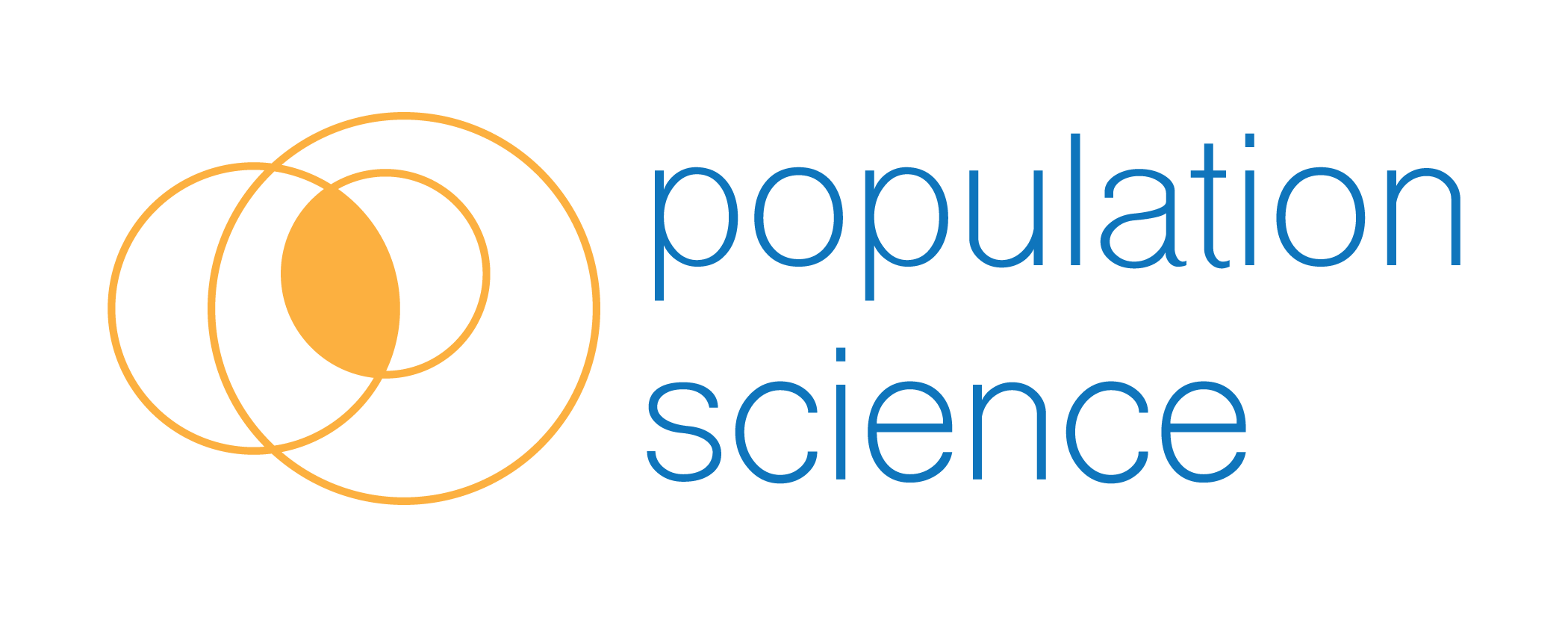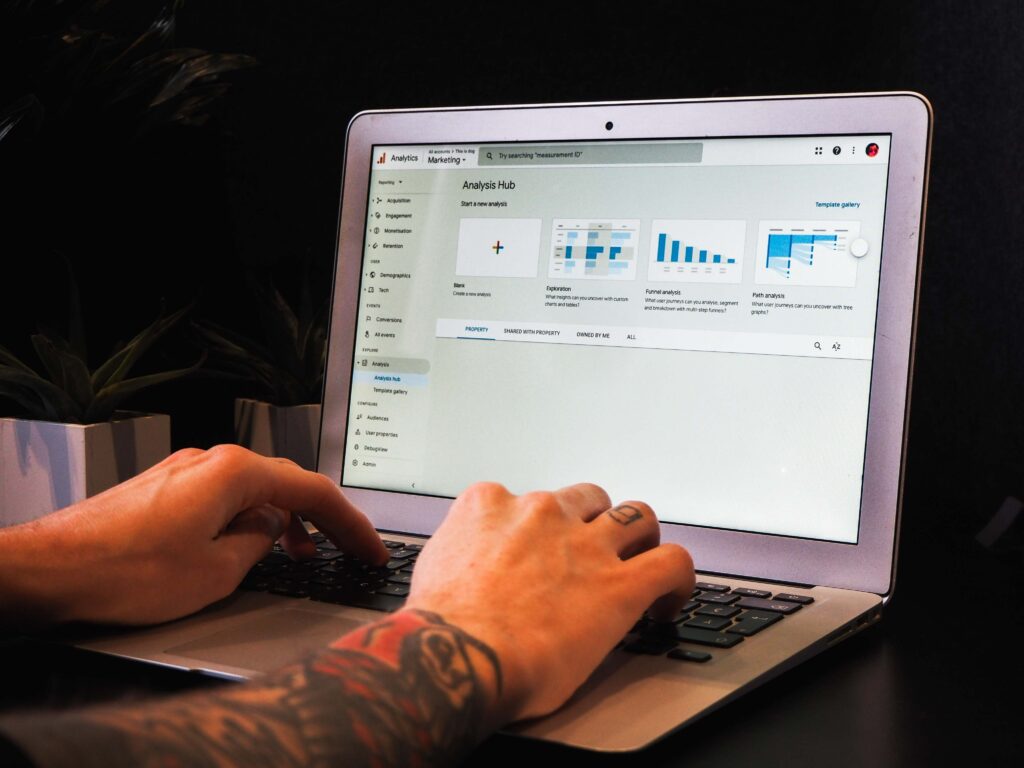
Leveraging Google Analytics Reports to Meet Your Business Goals
Finding the right platform to help measure your business success is crucial. When it comes to interacting with ...

Benefits of a User Generated Content Strategy
Building and executing a marketing campaign for your business can be costly and taxing on staff resources. With ...

Selecting Demand Side Platform or DSP Partners
Whether you’re ready to graduate from Google Ads and Meta or you’re attracted to exciting new channels, selecting ...
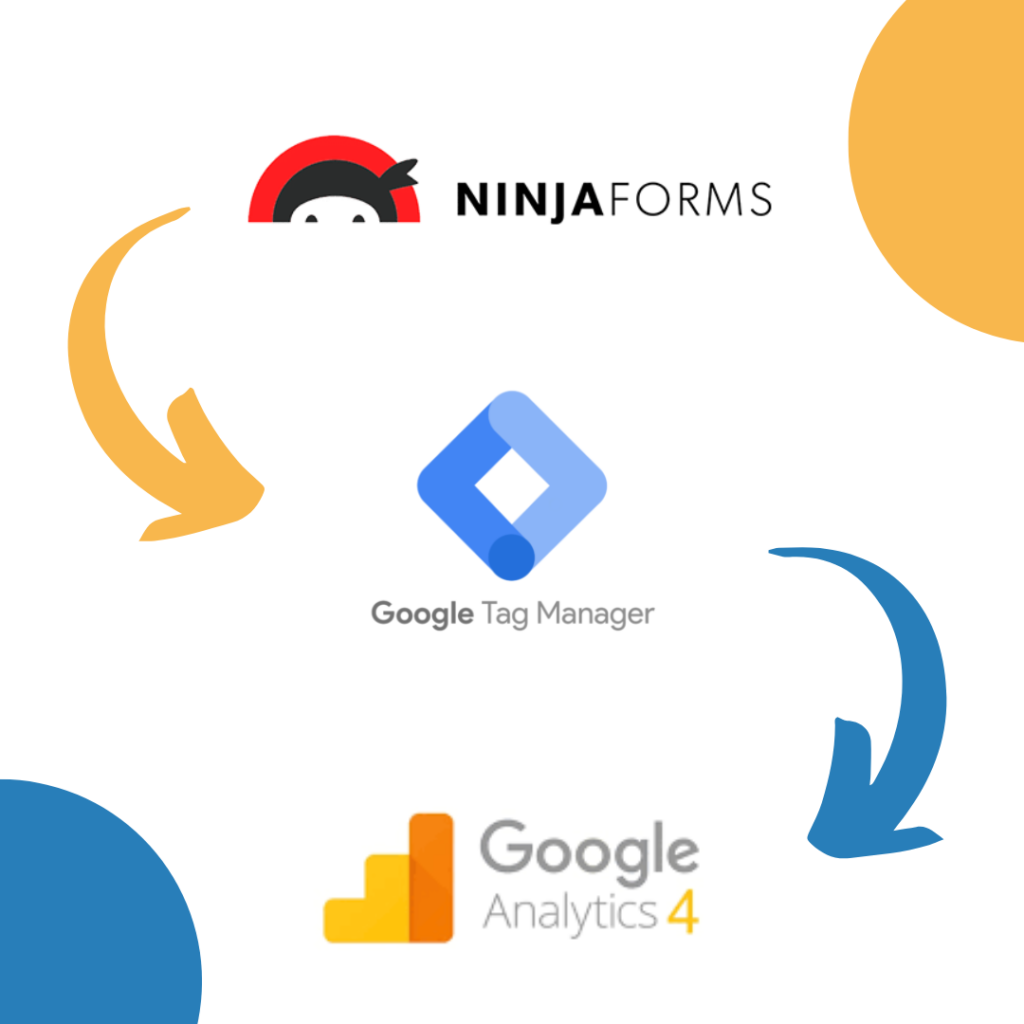
How to Set Up Google Tag Manager Event Tracking for Ninja Forms
Your website is the hub for your clients' business interactions; tracking those transactions is imperative for ...
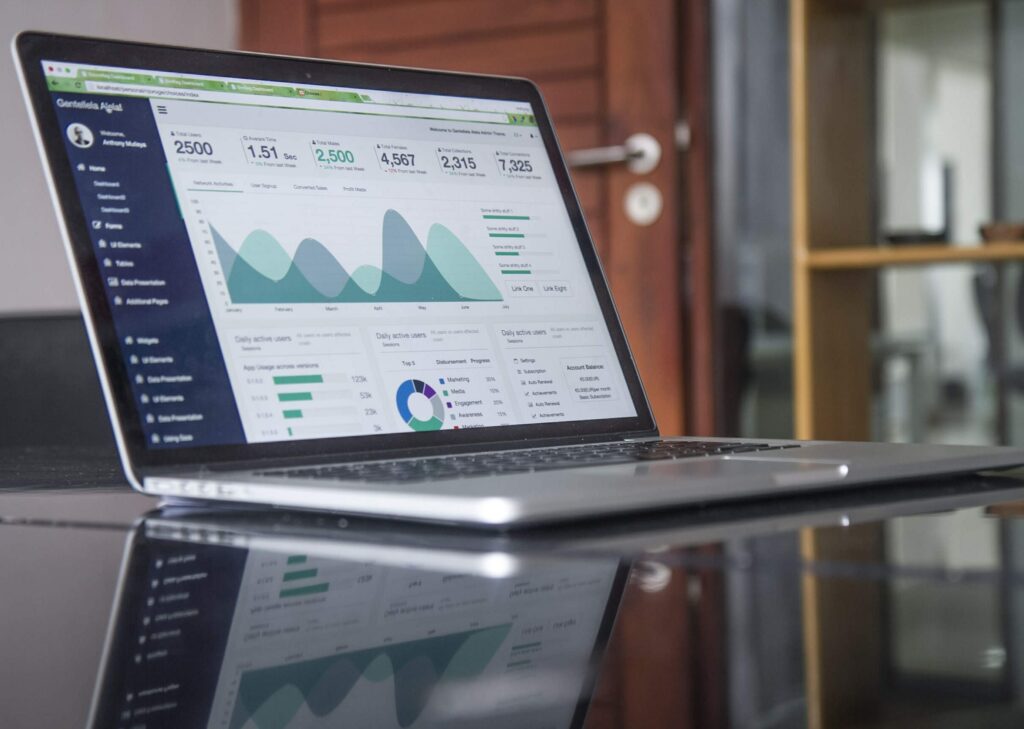
Connecting the Digital Dots – Scaling Your Digital Marketing
Most internal marketing organizations have a scale issue. It doesn’t matter if you’re a mom and pop or Fortune 500 ...

Two Simple Ways To Improve Your Digital Marketing Today
While there is no “easy button” in marketing, here are two things you can kick off today that can give a boost to ...

Building an Online Community and Why It’s Vital To Your Digital Strategy
Let's talk about building an online community... Since the dawn of the digital era building, a high-quality email ...

Fragmentation Continues in Ad Tech
Two major announcements shook the digital advertising market. First, Disney announced a new partnership, bringing ...

10 Stats to Consider for your Website Design Strategy
Your website is a pivotal asset of your business. A quality website is organized, easy to navigate, and inspires ...

4 Paid Media Stats to Know in 2022
The paid media landscape is always changing. While Google and Meta remain dominant, challengers such as TikTok and ...

10 Stats to Consider When Crafting Your Digital Strategy: Social Media Strategy
Social media allows organizations to tell their story and connect with their audience. With a strong social media strategy and the ability to create engaging content, you can engage supporters and increase brand awareness, leading to overall success.

Connected TV, Contextual, Hyperlocal, & First-Party Data
Today we highlight the Connected TV (CTV) channel along with the contextual, hyperlocal and first-party targeting ...

Rise of The Private Marketplace
The dream of a fully open and accessible internet for digital advertisers has taken a lot of shots in the last few ...

Political Ground Game Goes Digital
With uncertainty around whether or not any traditional ground game will be feasible this cycle it is imperative ...

Retargeting – The Forgotten Tactic
As I talk with clients and prospects about adapting to changing media consumption, one theme seems to be emerging: ...

Using Programmatic to Amplify your Affiliate Strategy
Programmatic media buying and affiliate strategy have a lot in common. Affiliates are constantly looking to ...
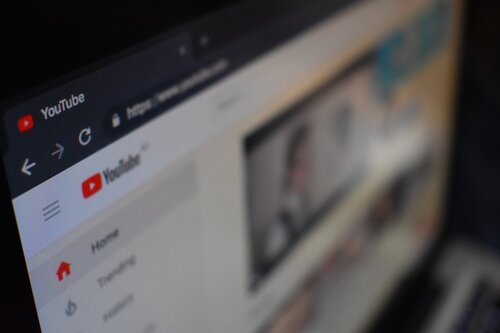
Digital Video To Play a Key Role in Post-Cookie World
As Google plans to phase out 3rd party cookies in Chrome by 2022, there are a lot of unknowns that need to be ...

Bold Predictions for the 2020s
Industry News - January 21, 2020
Innovation and change in the ad tech and mar tech spaces happened at a dizzying ...

Twitter Pulls the Plug on Political Ads: What This Means Going Forward
Industry News - October 31, 2019
In a shocking move Jack Dorsey conveniently took to Twitter and announced that ...
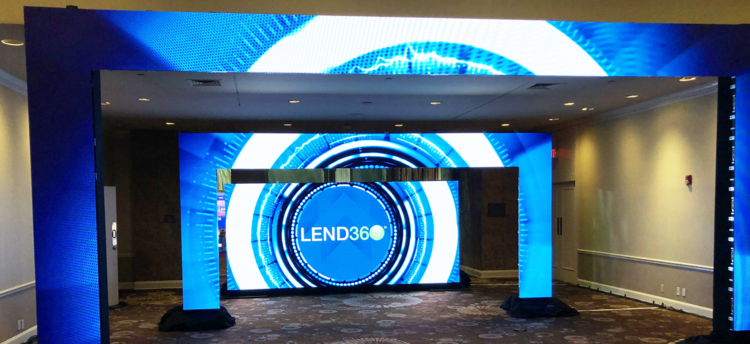
Lend360 2019 Conference Highlights Importance of Programmatic Tactics
Industry News – October 29, 2019
Population Science was on hand in Dallas last month for this year’s Lend360 ...

A New Chapter
Company News - September 10, 2019
I’ve spent the last 12 years of my career working across all aspects of the ...
